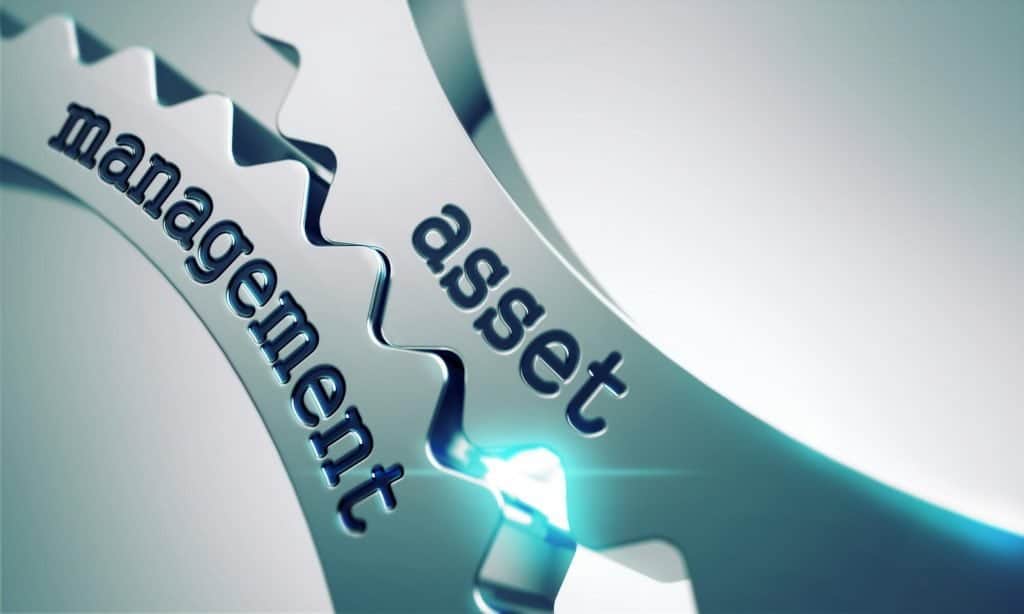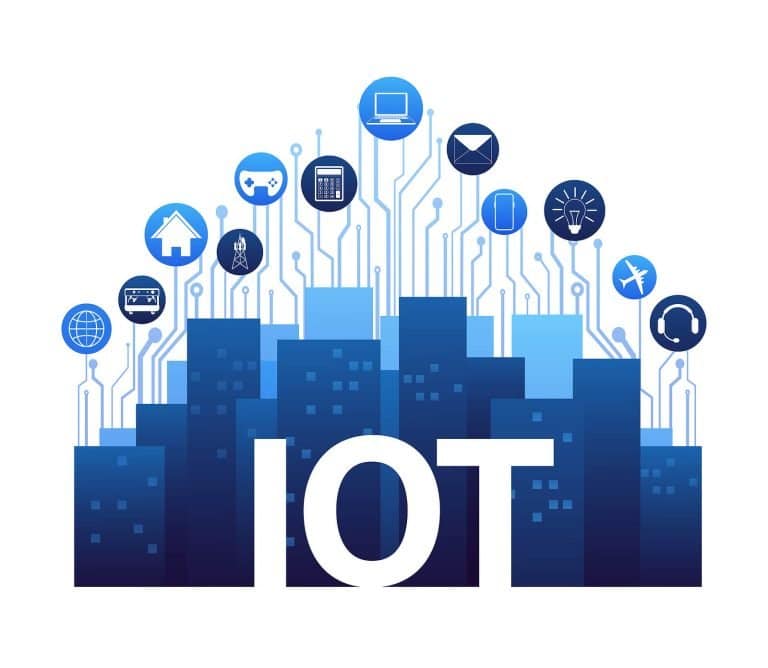Read on to learn how companies can benefit from using IoT technology in managing physical assets and 3 areas where IoT-powered asset management particularly shines.
Table of Contents
ToggleOver a decade has passed, and IoT is still a trending-tech phenomenon – both in academia and industry. With over 10 million users around the globe, IoT is connecting the working world.
From affordable connectivity and storing capabilities to robust sensors that come in all shapes and sizes, IoT has a lot to offer.
Multiple industries and businesses are using IoT to build innovative solutions that bring about a radical transformation in their overall operations. One such activity that benefits from using IoT tech is managing a business’s physical assets; asset management.
But why is IoT tech so popular when managing assets, and how can asset management protocols be improved by using IoT-enabled devices?
Where Can IoT-Powered Asset Management Be Used?
Asset management is a critical process for any asset-reliant operation. With the addition of internet-connected devices and sensors, IoT-powered asset management has opened up several compelling opportunities to optimize the efficiency of a company’s equipment.
Enlisting the help of IoT-connected devices helps to:
- Streamlining operations
- Improve inventory management
- Collect real-time data
- Track and set accurate KPIs for workers
Research shows that IoT-powered devices used for managing physical assets have increased three fold from 2015. Currently, there are 267 million active asset trackers worldwide, allowing IoT-based asset tracking systems to transform industries.
IoT devices are coupled with automated data collection tools such as asset management software in a business setting. These tools, paired with precise sensors, trackers, and locaters, enable team leaders and managers to collect data that enables better decision-making and increased productivity.
Why a Successful Asset Management Team Needs IoT Tech
When tracking and managing a large number of physical assets, businesses often find themselves navigating through new and ongoing challenges. IoT aims to bridge the gap and ensure all operational processes can run efficiently.
Businesses need IoT technology because it expands upon traditional tracking capabilities with an additional layer of technology that allows them to track their assets over long distances. Some of the key benefits include:
- Cloud Connectivity: IoT automates essential supply chain processes offering cloud connectivity.
- Inefficiency Detection: Since software leaves no room for human error, IoT devices detect inefficiencies in the operational processes on time.
- Scaling Capabilities: With the power of IoT at hand, companies can improve their inventory planning and scale smoothly while not impacting time-sensitive logistics.
3 Areas Where IoT-Powered Asset Management Shines
A significant number of industries are still operating without any form of modern IoT tech. So, why, then, should you be making this upgrade to transform the way you manage assets?
Well, there are three key reasons why you should consider an IoT-powered approach to your asset management:
- Predictive Maintenance: IoT sensors help maintenance teams stay alert regarding asset shutdowns and downtimes when used with maintenance data collection tools. A real-time feed helps better understand the performance threshold so regular backup measures can be taken accordingly.
- Asset Lifecycle Management: IoT-powered devices offer a comprehensive record of the asset portfolio in any company. This can help optimize the profit generated through various products during their lifecycle. Typically an asset life cycle has four stages; planning, procurement, operation and maintenance, and disposal.
- Workflow Automation: With technology comes automation, and with automation comes efficiency. IoT-powered asset management tools reduce monotonous and mundane work to accelerate business processes while also reducing errors and helping to increase the team’s overall productivity.
On top of this, the best part about IoT-powered asset management is its ubiquitous nature, i.e., any asset can be tracked from anywhere at all times.
So, How Does Asset Management Work With IoT?
The main question now is how this setup actually works. Data collection tools involve three essential elements: a device, a connectivity method, and software.
These devices need to tick several boxes to work effectively. For instance, they need to be technologically sophisticated enough to capture relevant data and be attached securely to physical assets. If the device is used for long-distance tracking, it must be cost-effective.
A step-by-step guide of how it works will look something like this:
- Data Capture and Transmission: Sensors first collect data regarding asset performance or location and transmit it into a database via an intermediary device. The devices act as controlling units for IoT sensors, so they collect the information first and pre-process it before sending it.
- Data Processing: After the data is transmitted into an asset management solution, data pipelines are generated from the device to the destination. This stage involves various data processing tools such as a device manager, communication protocols, beam pipelines, and serverless functions.
- Data Analytics: Once the data has been processed, it is analyzed to develop actionable insights. In the case of asset management, this is where devices offer deductible information to optimize asset tracking and overall supply chain processes.
Final Verdict: It’s IoT-Way or the Highway
The power of IoT and its demand in managing physical assets is undeniable. Many businesses are yet to adopt it, but the potential for the changes it can bring is immeasurable. It is evident that IoT is significant for the next generation of asset management.




